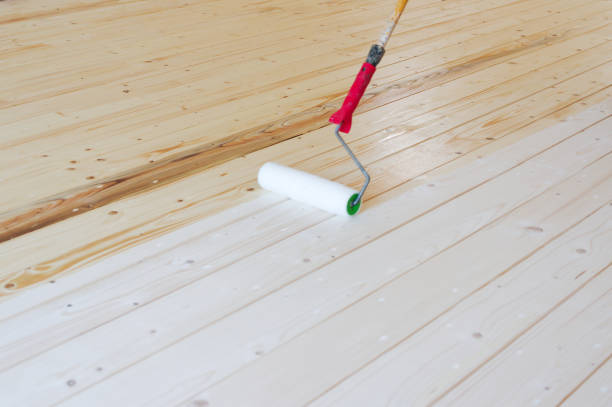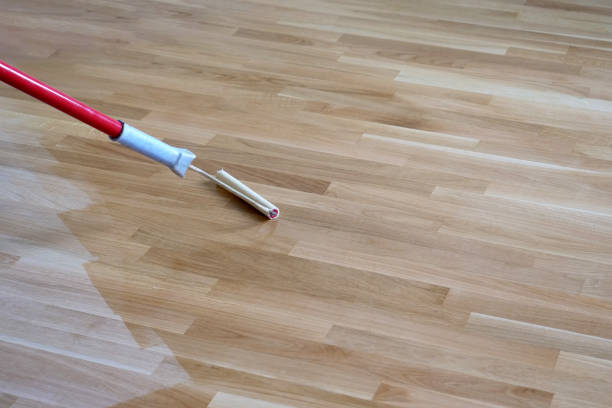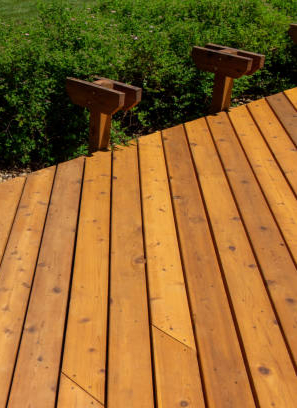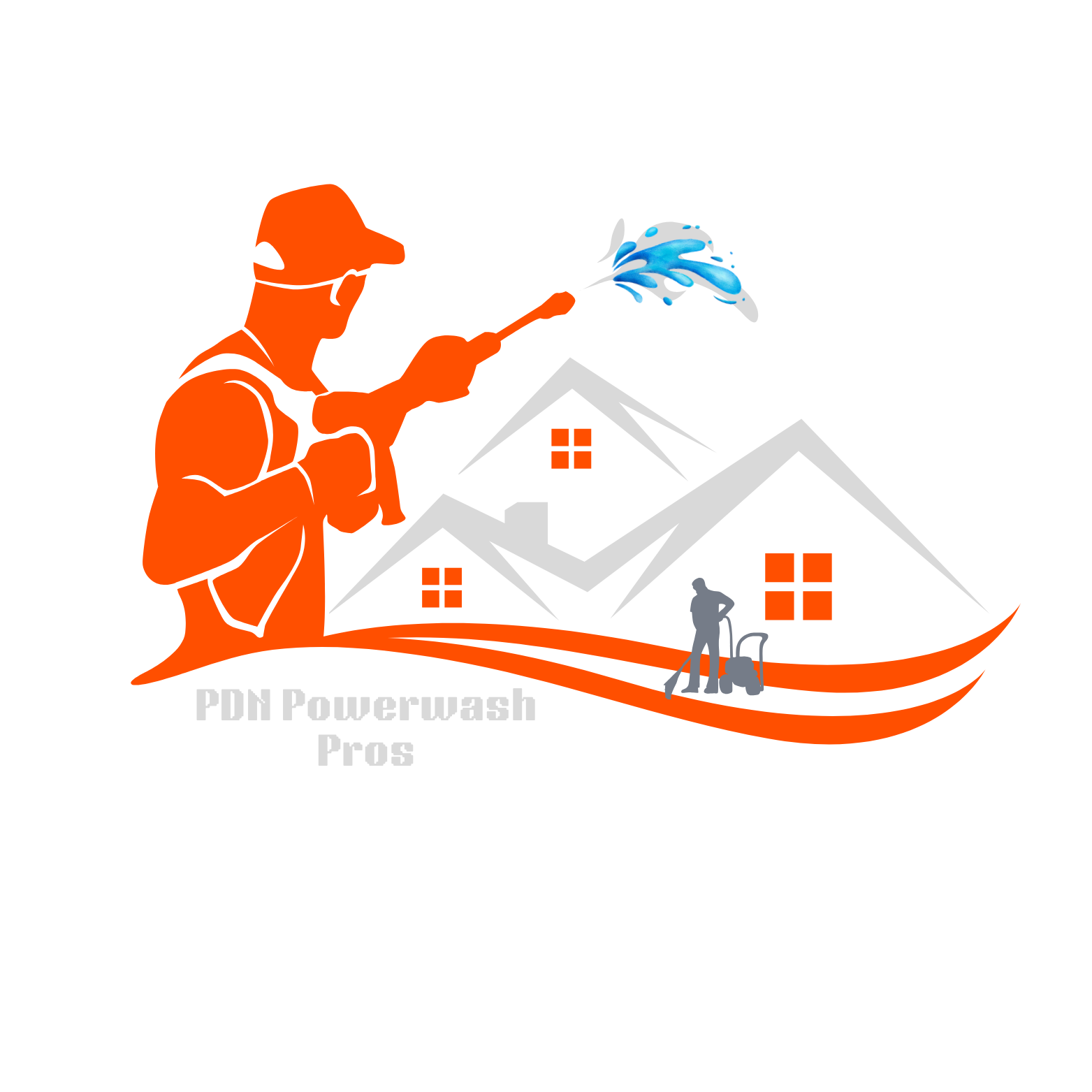Sanding and Coating
- Home
- /
- Sanding and Coating
Transform Your Property with a Deep Clean — Get a Free Quote!

Sanding and Coating
Sanding and coating services for wood, concrete, fiberglass, and epoxy surfaces, ensuring a durable and polished finish every time. Whether you're refreshing a worn concrete patio, restoring a fiberglass pool slide, or renewing an epoxy-coated garage floor, our team uses industrial-grade sanding equipment to remove surface imperfections, old coatings, and buildup. We then apply high-performance coatings tailored to each surface—such as penetrating sealers for concrete, marine-grade finishes for fiberglass, and chemical-resistant topcoats for epoxy. Our process not only enhances the appearance but also extends the lifespan of your surfaces, providing lasting protection against weather, traffic, and chemicals
Sanding and coating is a surface restoration process that involves two key steps: sanding, which smooths and prepares the surface, and coating, which protects and enhances it. For concrete, sanding removes surface grime, old sealers, or rough textures to prep it for new sealant or epoxy finishes. Fiberglass, often found in boats, pools, or outdoor features, is sanded to remove oxidation or flaking gel coat before applying a fresh protective layer that resists UV and water damage. With epoxy surfaces, sanding is used to scuff the finish—especially for re-coats—ensuring proper adhesion of the new topcoat. The coating step seals the surface, protects it from wear and chemicals, and can even add a decorative touch. This process improves both the appearance and performance of your surfaces, making them easier to clean, longer lasting, and more visually appealing.
When working with different types ofwood between sanding and coating plays a critical role in achieving the desired finish and durability. Hardwoods, like oak or walnut, benefit from both sanding and coating—sanding removes imperfections and opens the pores, allowing coatings like varnish or oil to enhance the natural grain and provide lasting protection. Softwoods such as pine or cedar are softer and more porous, so proper sanding is essential to avoid uneven coating absorption, ensuring a smooth and consistent finish. For engineered wood and plywood, while sanding helps smooth the surface, coating is particularly important as it provides a protective layer that shields against moisture and wear. Lumber and timber, often used in construction, may not require intricate sanding, but applying a suitable coating like stain or sealant can prevent weathering and damage, especially in outdoor settings. Planks and boards, commonly used for flooring and furniture, need a balance of sanding to eliminate roughness and coating to safeguard the wood from heavy use and environmental elements. In every case, sanding prepares the wood for coating, which in turn enhances its appearance, extends its life, and ensures its functionality. Whether you're working with a fine hardwood piece or a structural timber beam, understanding the importance of both sanding and coating ensures the wood will remain both beautiful and durable for years to come.

Sanding
Sanding is a crucial step in wood finishing that not only refines the texture of the wood but also enhances its overall performance and appearance. One of the primary reasons sanding is so important is that it opens the pores of the wood, allowing finishes such as stains, oils, and sealants to penetrate more evenly and bond better. Without proper sanding, the surface can remain too smooth for coatings to adhere effectively, potentially leading to uneven coverage or peeling over time.
Sanding also plays a significant role in texture and aesthetics. It helps to smooth out any imperfections, such as dents, scratches, or uneven grain patterns, which are common, especially in reclaimed wood or rough-cut lumber. In some cases, sanding can even help level the wood’s surface, correcting warped areas and giving it a more uniform look.
The finer the sandpaper used, the smoother the wood becomes. With each progression in sanding grit, the surface of the wood is refined—coarser grits remove more material and leave behind more noticeable marks, while finer grits polish the wood, creating a silky-smooth finish that is ideal for showcasing the wood’s natural grain. The goal is not just to smooth the wood but also to highlight its character, whether it’s the deep grain of a hardwood like oak or the more subtle texture of softer woods like pine.
Sanding is also indispensable when it comes to preparing different types of wood for a specific use. For example, hardwoods like maple or cherry require a more delicate sanding process due to their density, as using too rough of a grit can leave visible scratches. On the other hand, softwoods like cedar or pine, being less dense, may require more vigorous sanding to remove resin pockets and rough spots but are also quicker to work with.
In terms of long-term durability, sanding creates a more durable surface for wood products. For engineered woods like MDF or plywood, sanding helps ensure that the surface is smooth enough for any overlay or finish to adhere properly, as these materials often have a thinner veneer that can absorb coatings unevenly. The quality of sanding can ultimately influence how the wood ages—well-sanded surfaces are less likely to show wear, and the finish applied will last longer.
Ultimately, sanding is not just about achieving a "smooth" surface—it is about prepping the wood in a way that enhances its natural beauty, allows finishes to adhere properly, and increases the longevity of the wood product.

Coating
Coating wood serves as a protective and aesthetic enhancement, creating a barrier that shields the wood from environmental factors while also highlighting its natural beauty. There are several types of coatings, each providing distinct benefits based on the specific needs of the wood type and the intended use.
Stains are a popular choice for adding color to wood while still allowing the natural grain to show through. They can range from light tones that enhance the natural appearance of the wood to darker shades that provide a more dramatic look. Stains also tend to provide some level of protection, though they typically need to be reapplied more frequently than other coatings. Wood oils like tung oil or linseed oil penetrate the wood fibers, enhancing the grain and giving the wood a natural, matte finish. These oils provide some protection against moisture but generally don’t offer the same level of durability or resistance to wear as other coatings like varnish or polyurethane.
Varnish is a highly durable and versatile coating, often used when a glossy, protective layer is needed. It’s commonly applied to hardwood floors, furniture, and high-traffic areas because it creates a tough, water-resistant surface. Varnish can be clear or tinted, offering flexibility in how it complements the wood's natural color. Polyurethane, a specific type of varnish, is renowned for its strength and water resistance, making it ideal for both residential and commercial wood surfaces, especially in areas exposed to heavy moisture like kitchens and bathrooms. Polyurethane can also come in various finishes, from matte to high-gloss, allowing homeowners or woodworkers to achieve the exact look they desire.
Wax coatings offer a more subtle sheen and are often used for fine furniture or wood that requires a softer finish. Wax enhances the texture of the wood while giving it a smooth, velvety feel. While it doesn’t provide as much protection as polyurethane or varnish, it’s ideal for areas that won’t experience a lot of wear and tear.
Lastly, sealants are used to lock out moisture and protect the wood from outdoor elements like rain, UV rays, and temperature fluctuations. They are often applied to exterior woods, such as fences, decks, and outdoor furniture, to preserve their integrity over time. Sealants can vary in appearance, from clear finishes that preserve the natural color of the wood to tinted options that add a touch of color while protecting against the sun’s harmful rays.
Choosing the right coating depends on the type of wood, its location, and its intended use. For instance, softwoods like pine or cedar may require a more robust finish to protect against dents and scratches, while hardwoods can often be left with lighter coatings that showcase the grain. Coating not only adds beauty and depth to the wood but also ensures its longevity, helping to preserve its appearance and structural integrity for years.


PDN Power Wash Pros deliver exceptional construction services backed by years of experience. Our skilled team prioritizes quality, transparency, and client satisfaction. We utilize innovative techniques and sustainable practices, ensuring timely project completion. Trust us to bring your to life with unmatched craftsmanship
- Our skilled professionals bring years of experience a
- We are the leading construction company in the industry.
- Our transparent pricing ensures no hidden fees or surprises.
- We adhere to strict safety standards on all job sites.
Commonly Asked Questions
Are you licensed and insured?
Yes, we are fully licensed and insured, ensuring that your project is protected and complies with all local regulations.
Do you offer free estimates?
Yes, we offer free consultations and estimates to help you understand your project’s costs before you commit.
How long will my project take?
The timeline depends on the project's size and complexity. We provide a detailed schedule during the planning phase to keep you informed.

